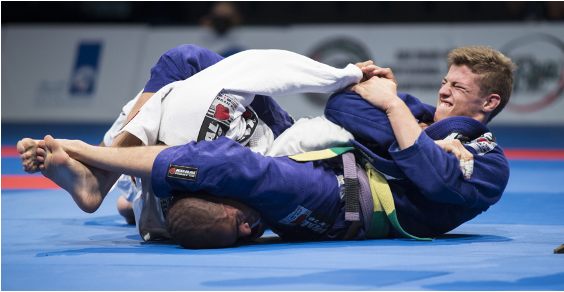

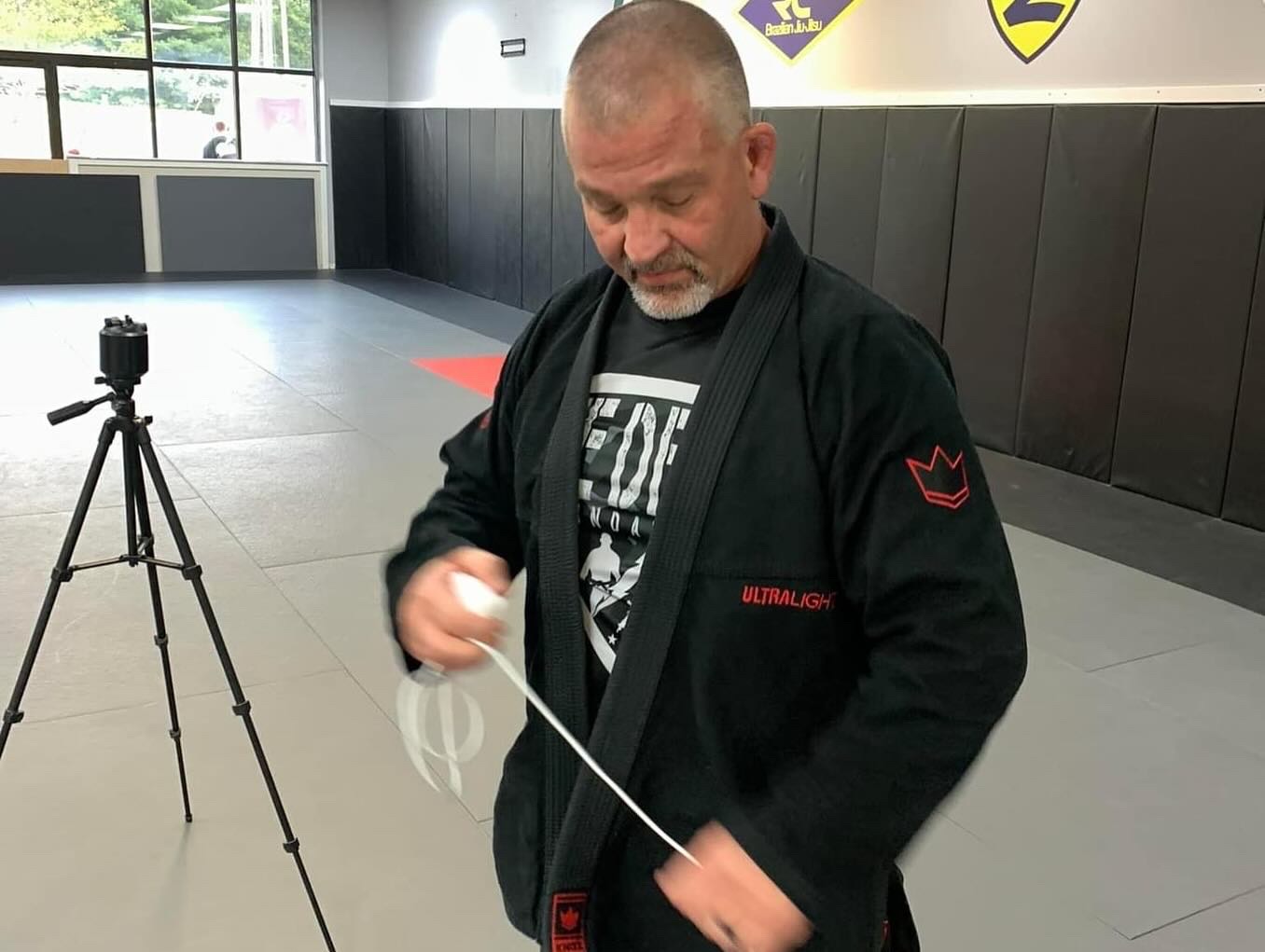

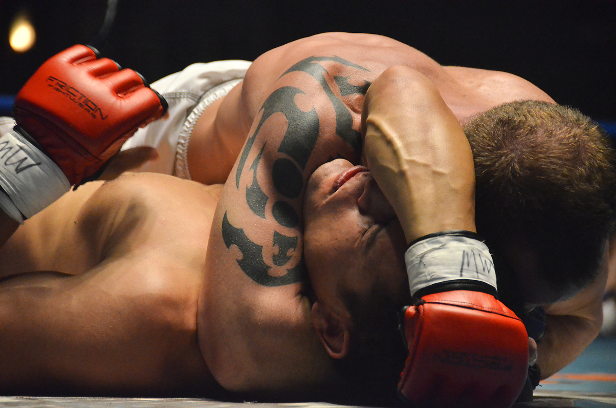

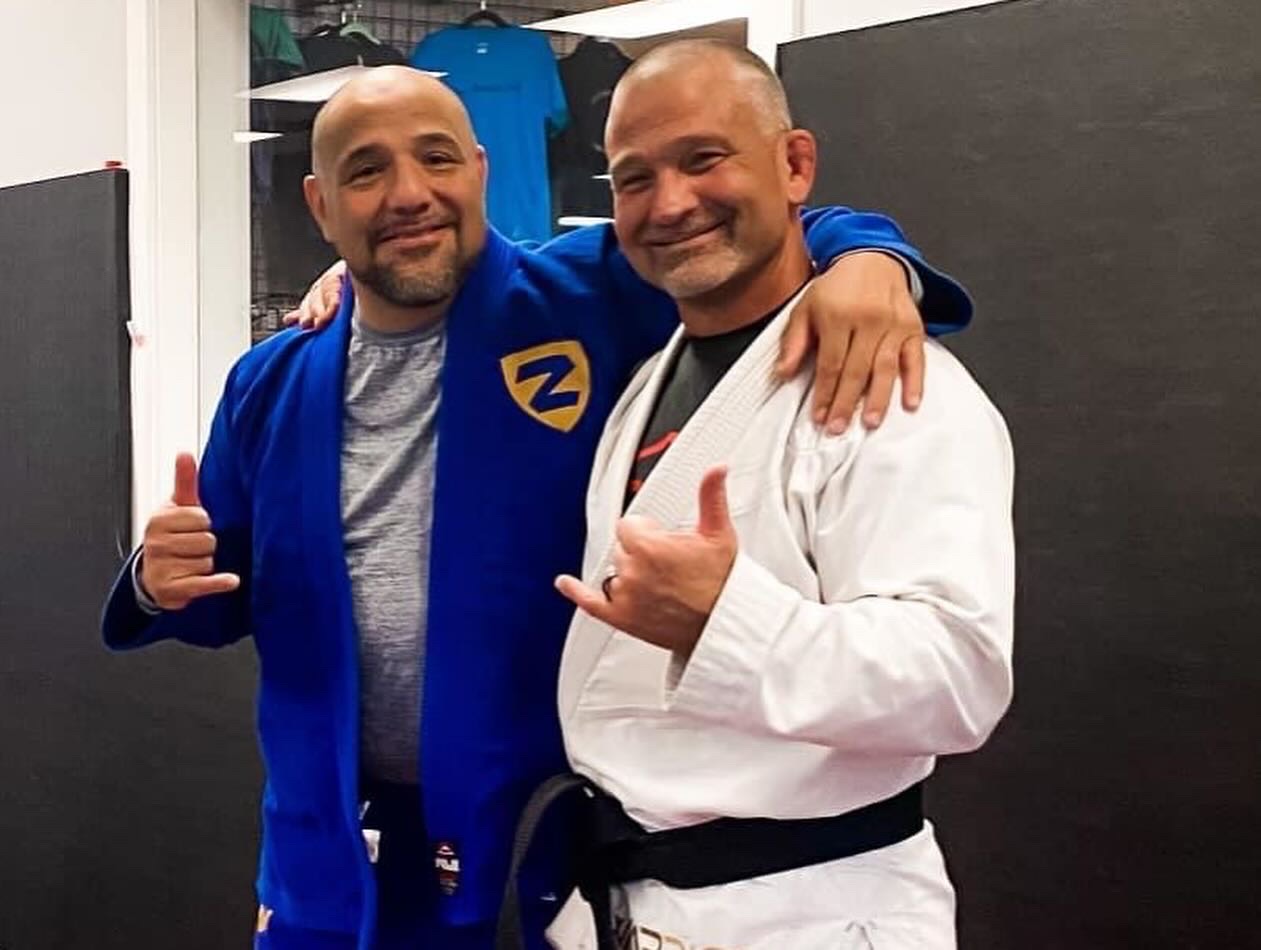

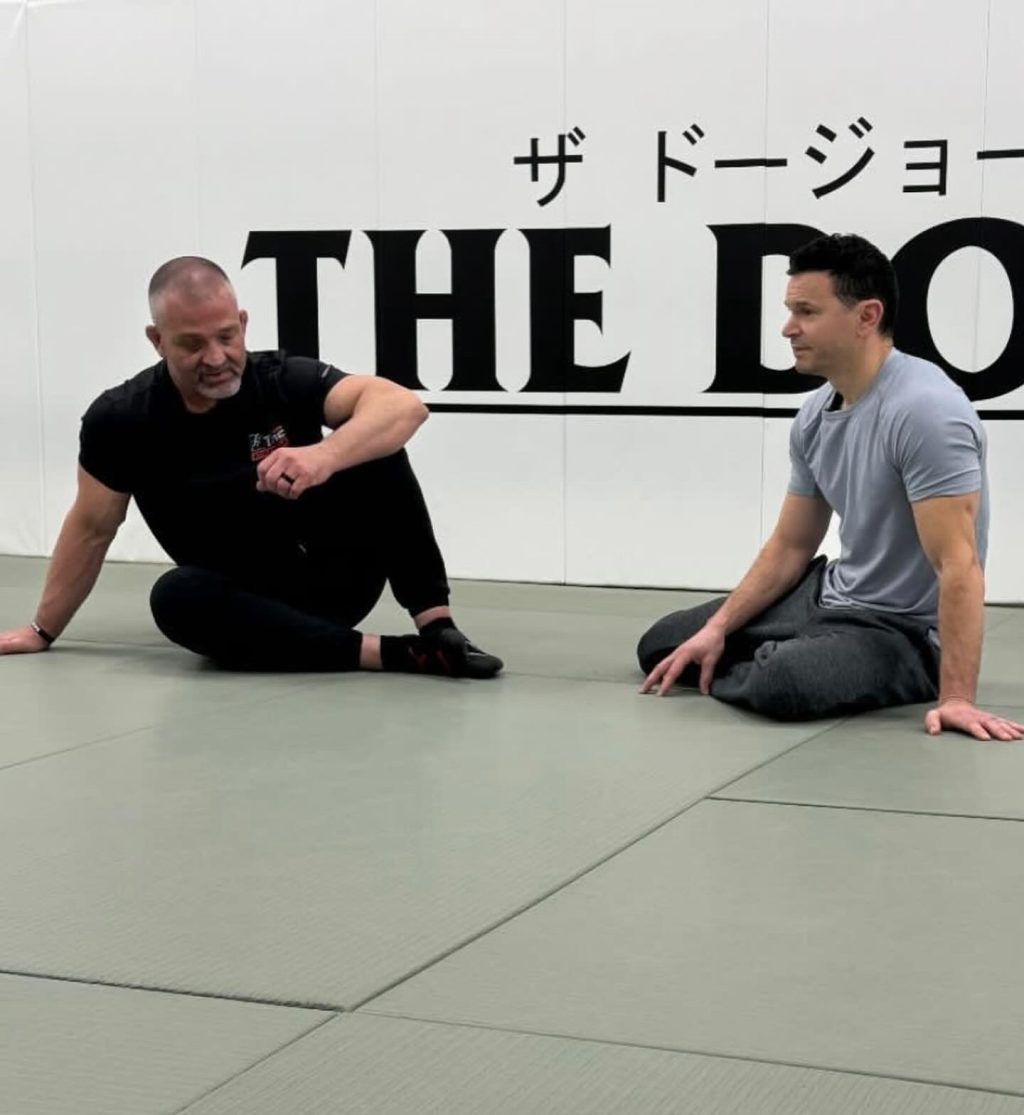

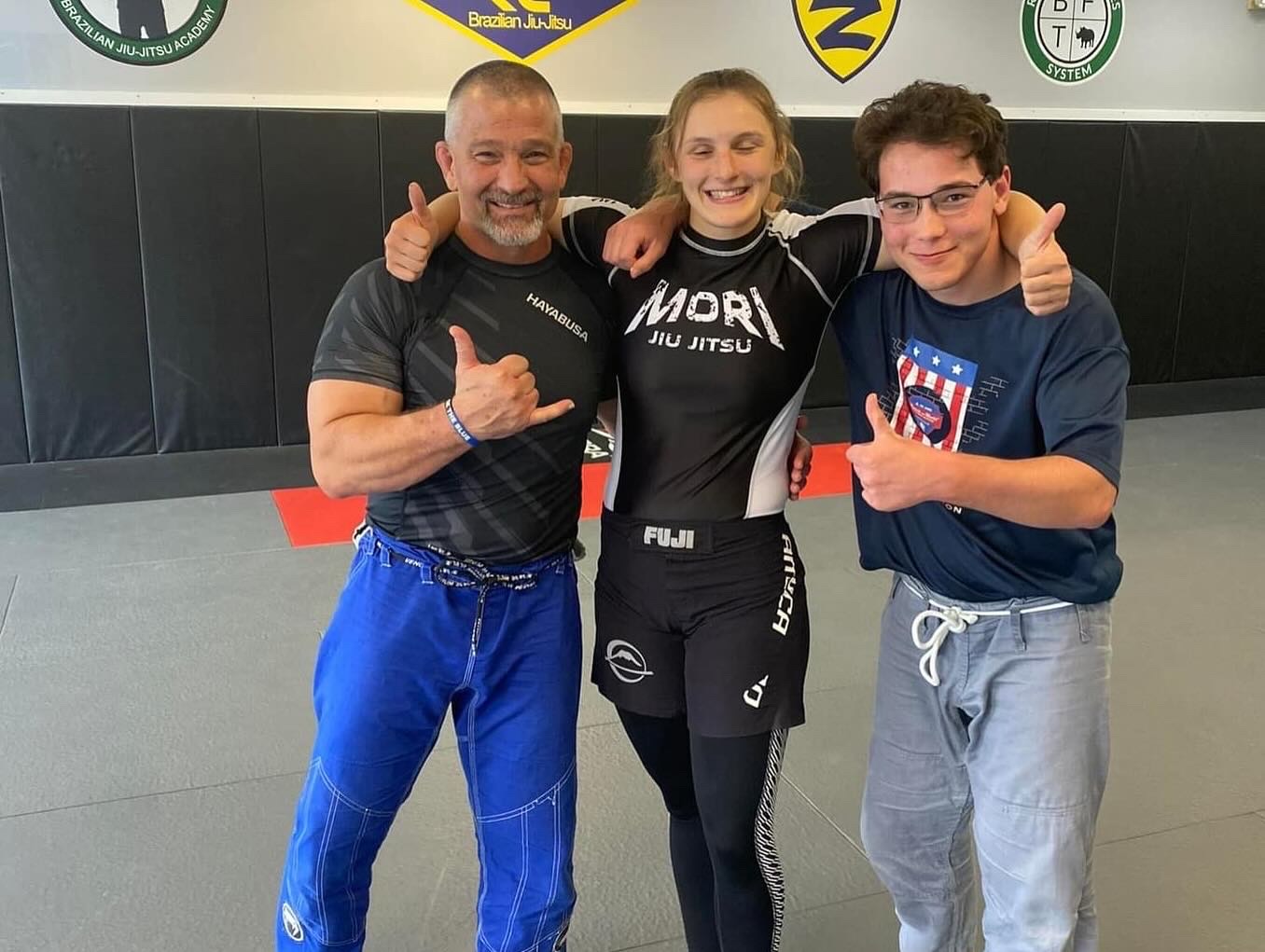

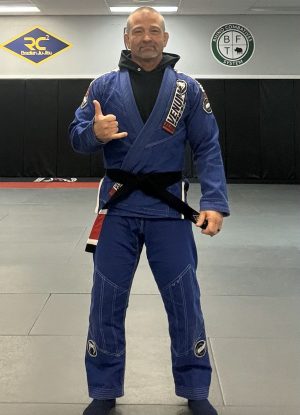

$149.00
Combat sports and athletics have become one of the fastest growing segments of sports in the United States. In the US, Brazilian Jiu Jitsu or BJJ, have over 3.2M athletes and has become the foundation for most MMA athletes.
Description
The Combat Athlete: The Grappler / Brazilian Jiu Jitsu Athlete
Combat sports and athletics have become one of the fastest growing segments of sports in the United States. In the US, Brazilian Jiu Jitsu or BJJ, have over 3.2M athletes and has become the foundation for most MMA athletes.
As both a form of self-defense and competitive sport, combat sports athletes range in age from 8 years old to 60+ years old. As a submission art, this results in a lot of joint manipulation over multiple years resulting in orthopedic injuries. Studies show that over 58% of athletes who train BJJ report being injured and lower belts (white and blue) are 6 times more likely to get injured (Almeida et al In J Sport Sci Exer 2020). Further studies indicate 91% of injures occur in training and if it requires surgery, the athlete is 6.5 times more likely to quit the sport (Petrisor et al Sport Health 2019). Not only does the BJJ gym become a good potential referral source for clinics but clinicians who know how to treat this athlete population can also help gym owners retain members.
Understanding the terminology of combat athletics and some of the common techniques used will aid in building rapport with the athlete. In addition, this will aid the clinician in developing more effective treatment strategies that will transfer more readily to their sport. One of the biggest challenges in having an appropriate return to sport protocol for combat athletes is knowing how to progress them back to full safe competition. In this course, Dr. Trent Nessler will provide a historical prospective of the course, common techniques and submissions, common orthopedic injuries, what a typical examination of a combat athlete looks like, how to develop injury prevention programs for combat sports and develop safe return to sport protocols.
Course Objectives:
- Learn the difference between the variety of combat athletes – striking vs. grappling
- Learn the terminology associated with grappling sport and the positions and techniques associated with BJJ
- Learn the various submission positions and the common injuries associated with each position
- Learn what an orthopedic examination looks like on the common grappler
- Learn some common weaknesses in grapplers that lead to injury and preventative techniques
- Learn safe return to sport protocols
Course Details
| Course Length | |
|---|---|
| Platform | |
| Instructor(s) |
Prerequisites
Required Equipment
Personal Computer, Tablet, or Smartphone with access to Broadband Internet (<1.4 mbps)
Course Information
Run Time: 5 Hours, 11 Minutes
Instructional Level: Target audience for this course in physical therapists, chiropractors, physicians and athletic trainers who are interested in working with BJJ athletes. This is also for practice owners who are looking to grow their practice and treat this very unique patient population.
Examination: Yes
Requirements: Personal Computer, Tablet, or Smartphone with access to Broadband Internet (.1.4 mbps)
Course Evaluation: Yes
Certificate of Completion: Yes
Workbook/Handout: Yes
Certifications
Course Approvals/Certifications: New York State Education board approved for PTs and PTAs and that covers the following states; AL, AR, CT, DE, HI, ID, IN, IA, KS, KY, ME, MA, MI, MT, NE, NH, (NY-exp 4/2024), NC, ND, OR, SC, SD, UT, VT, WA, WI, WY

